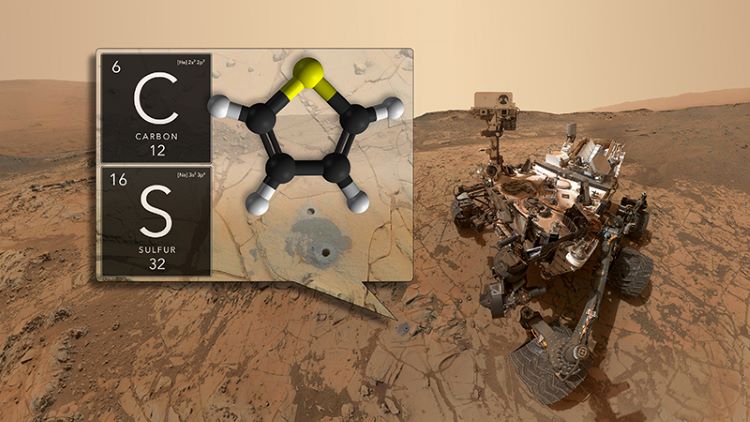Universe Today has recently had the privilege of investigating a myriad of scientific disciplines, including impact craters, planetary surfaces, exoplanets, astrobiology, solar physics, comets, planetary atmospheres, planetary geophysics, cosmochemistry, meteorites, radio astronomy, and extremophiles, and how these multidisciplinary fields can help both scientists and space fans better understand how they relate to potentially finding life beyond Earth, along with other exciting facets. Here, we will examine the incredible field of organic chemistry with Dr. Andro Rios, who is an Assistant Professor in Organic Chemistry at San José State University, regarding why scientists study organic chemistry, the benefits and challenges, finding life beyond Earth, and potential paths for upcoming students. So, why is it so important to study organic chemistry?
Continue reading “Organic Chemistry: Why study it? What can it teach us about finding life beyond Earth?”Want to Find Life? See What's Missing in an Atmosphere
The world runs on carbon. Not just fossil-fuel-driven human society, but all life on Earth. Carbon-based organic molecules are a part of every living thing on Earth. Along with oxygen, nitrogen, and water, carbon is a necessary ingredient for life as we know it. So one way to look for life on other worlds could be to look for carbon in its atmosphere. But a new study shows that it’s actually a lack of carbon that could be the best clue to life on another world.
Continue reading “Want to Find Life? See What's Missing in an Atmosphere”Astronomers Have Found Grease in Space
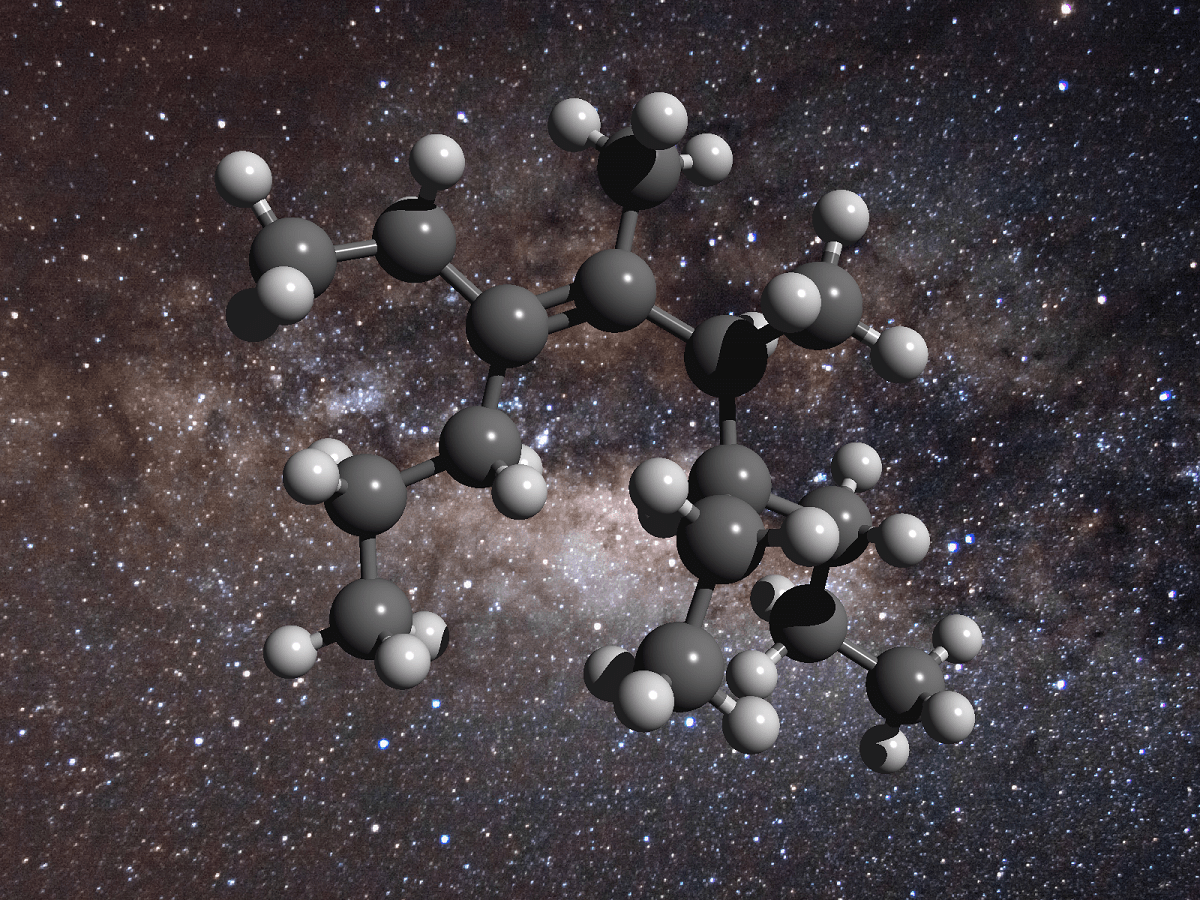
Over the course of many centuries, scientists learned a great deal about the types of conditions and elements that make life possible here on Earth. Thanks to the advent of modern astronomy, scientists have since learned that these elements are not only abundant in other star systems and parts of the galaxy, but also in the medium known as interstellar space.
Consider carbon, the element that is essential to all organic matter and life as we know it. This life-bearing element is also present in interstellar dust, though astronomers are not sure how abundant it is. According to new research by a team of astronomers from Australia and Turkey, much of the carbon in our galaxy exists in the form of grease-like molecules.
Their study, “Aliphatic Hydrocarbon Content of Interstellar Dust“, recently appeared in the Monthly Notices of the Royal Astronomical Society. The study was led by Gunay Banihan, a professor from the Department of Astronomy and Space Sciences of Erge University in Turkey, and included members from multiple departments from the University of New South Wales in Sydney (UNSW).
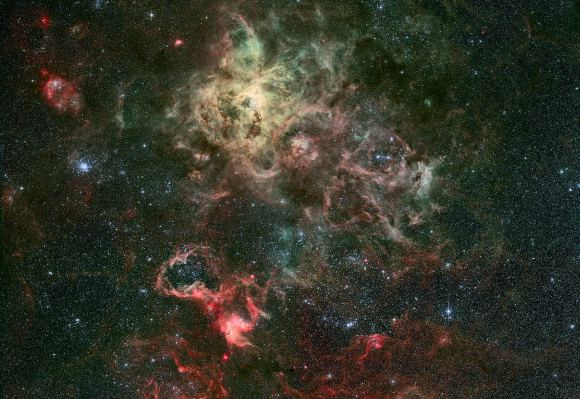
For the sake of their study, the team sought to determine exactly how much of our galaxy’s carbon is bound up in grease-like molecules. At present, it is believed that half of the interstellar carbon exists in pure form, whereas the rest in bound up in either grease-like aliphatic molecules (carbon atoms that form open chains) and mothball-like aromatic molecules (carbon atoms that form planar unsaturated rings).
To determine how plentiful grease-like molecules are compared to aromatic ones, the team created material with the same properties as interstellar dust in a laboratory. This consisted of recreating the process where aliphatic compounds are synthesized in the outflows of carbon stars. They then followed up on this by expanding the carbon-containing plasma into a vacuum at low temperatures to simulate interstellar space.
As Prof. Tim Schmidt, from the Australian Research Council Centre of Excellence in Exciton Science in the School of Chemistry at UNSW Sydney and a co-author on the paper, explained:
“Combining our lab results with observations from astronomical observatories allows us to measure the amount of aliphatic carbon between us and the stars.”
Using magnetic resonance and spectroscopy, they were then able to determine how strongly the material absorbed light with a certain infrared wavelength. From this, the team found that there are about 100 greasy carbon atoms for every million hydrogen atoms, which works out to about half of the available carbon between stars. Expanding that to include all of the Milky Way, they determined that about 10 billion trillion trillion tonnes of greasy matter exists.
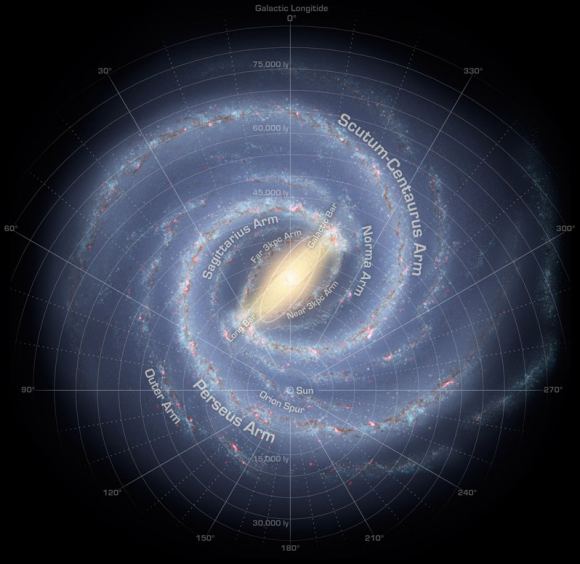
To put that in perspective, that’s enough grease to fill about 40 trillion trillion trillion packs of butter. But as Schmidt indicated, this grease is far from being edible.
“This space grease is not the kind of thing you’d want to spread on a slice of toast! It’s dirty, likely toxic and only forms in the environment of interstellar space (and our laboratory). It’s also intriguing that organic material of this kind – material that gets incorporated into planetary systems – is so abundant.”
Looking ahead, the team now wants to determine the abundance of the other type of non-pure carbon, which is the mothball-like aromatic molecules. Here too, the team will be recreating the molecules in a laboratory environment using simulations. By establishing the amount of each type of carbon in interstellar dust, they will be able to place constraints on how much of this elements is available in our galaxy.
This in turn will allow astronomers to determine exactly how much of this life-giving element is available, and could also help shed light on how and where life can take hold!
Astronomy Without A Telescope – Why Carbon?
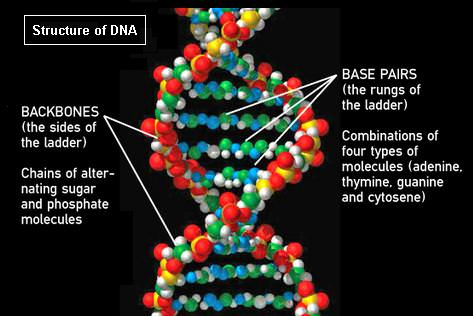
[/caption]
Last week’s AWAT Why Water? took the approach of acknowledging that while numerous solvents are available to support alien biochemistries, water is very likely to be the most common biological solvent out there – just on the basis of its sheer abundance. It also has useful chemical features that would be advantageous to alien biochemistries – particularly where its liquid phase occurs in a warmer temperature zone than any other solvent.
We can constrain the number of possible solutes likely to engage in biochemical activity by assuming that life (particularly complex and potentially intelligent life) will need structural components that are chemically stable in solution and can sustain their structural integrity in the face of minor environmental variations, such as changes in temperature, pressure and acidity.
Although DNA is often discussed as a core component of life on Earth, it is conceivable that a self-replicating biochemistry came later. The molecular machinery that supports the breakdown of carbohydrates uses relatively uncomplicated carboxylic acids and phospholipid membranes – although the whole process today is facilitated by complex proteins, which are unlikely to have arisen spontaneously. A current debate exists about whether life originated as replication or metabolism – or whether the two systems arose seperately before joining together in a symbiotic alliance.
In any case, although a variety of small scale biochemistries, with or without carbon, may be possible – it seems likely that the structure of organisms of any substantial size will need to be built using polymers – which are large molecular structures, built up from the joining together of smaller units.
On Earth, we have proteins built from amino acids, DNA built from nucleotides and deoxyribose sugars – as well as various polysaccharides (for example cellulose or glycogen) built from simple sugars. With only a microscopic biochemical machinery capable of building these small units and then linking them together – you can build organisms on the scale of blue whales.

Carbon is extremely versatile at linking together diverse elements – able to form more compounds than any other element we have so far observed. Also, it is more universally abundant that the next polymeric contender, silicon – and it’s worth considering that on Earth, although silicon is atypically 900 times more abundant than carbon – but still ends up having a minimal role in Earth biochemistry. Boron is another elemental candidate, also very good at building polymers, but Boron is a relatively rare element in the universe.
On this basis, it does seem reasonable to assume that if we ever meet a macroscopic alien life form – with a structural integrity sufficient to enable us to shake hands – it will most likely have a primarily carbon-based structure.
However, in this scenario you are likely to be met with a puzzled query as to why you seek tactile engagement between your respective motile-sensory appendages. It may be more appropriate to offer to replenish your new alien friend’s solvents with some heated water mixed with a nitrogen, oxygen, carbon alkaloid – something we call coffee.
Further Reading:
Meadows et al The Search for Habitable Environments and Life in the Universe.
Wikipedia Hypothetical Types of Biochemistry.

